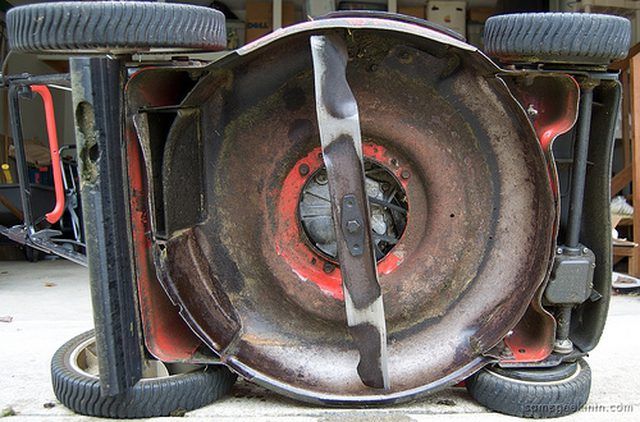Bulbs
Flower Basics
Flower Beds & Specialty Gardens
Flower Garden
Garden Furniture
Garden Gnomes
Garden Seeds
Garden Sheds
Garden Statues
Garden Tools & Supplies
Gardening Basics
Green & Organic
Groundcovers & Vines
Growing Annuals
Growing Basil
Growing Beans
Growing Berries
Growing Blueberries
Growing Cactus
Growing Corn
Growing Cotton
Growing Edibles
Growing Flowers
Growing Garlic
Growing Grapes
Growing Grass
Growing Herbs
Growing Jasmine
Growing Mint
Growing Mushrooms
Orchids
Growing Peanuts
Growing Perennials
Growing Plants
Growing Rosemary
Growing Roses
Growing Strawberries
Growing Sunflowers
Growing Thyme
Growing Tomatoes
Growing Tulips
Growing Vegetables
Herb Basics
Herb Garden
Indoor Growing
Landscaping Basics
Landscaping Patios
Landscaping Plants
Landscaping Shrubs
Landscaping Trees
Landscaping Walks & Pathways
Lawn Basics
Lawn Maintenance
Lawn Mowers
Lawn Ornaments
Lawn Planting
Lawn Tools
Outdoor Growing
Overall Landscape Planning
Pests, Weeds & Problems
Plant Basics
Rock Garden
Rose Garden
Shrubs
Soil
Specialty Gardens
Trees
Vegetable Garden
Yard Maintenance
Types of Lawn Mower Blades
Types of Lawn Mower Blades. Broadly speaking, lawnmowers come in two styles---the reel, typified by your venerable unpowered push mower, and the deck, or rotary, which describes most of today's powered, walk-behind machines---so deciding between blade designs is simple. Some brands of deck mowers accept several types with slight differences in...

Broadly speaking, lawnmowers come in two styles---the reel, typified by your venerable unpowered push mower, and the deck, or rotary, which describes most of today's powered, walk-behind machines---so deciding between blade designs is simple. Some brands of deck mowers accept several types with slight differences in performance and function. Still, mower blades made by different companies do not fit all types of machines even if the deck measurements are the same. Choices for older machines could be limited.
Reel Blades
Still appropriate for small yards, the wheels of push mowers drive a blade cage revolving against a cutting bar with a fast, scissoring action as owner-operators provide the motive force. Sharp blades make a noticeable difference in ease of operation. The only blade option is the one that fits, so replacing the mower could be as reasonable as replacing the blades.
Deck Blades
Deck mowers cut with many variations of the same basic blade---a flat horizontally mounted steel bar that revolves like a fan blade and cuts with both leading edges. Blade shape and mounting hub could be uniquely shaped to fit one company's model of mower. Universal mounting blades do not fit all machines. Your best source for replacement blades or alternative blade designs is the company that made the mower.
Lifting Blades
As the rotary mower passes across your lawn, the deck presses down the blades of grass. Air pressure from the cutting blades may keep the grass down, resulting in a ragged cut. In heavy grass, tufts and rows of partly cut grass often lift up behind the mower. With lifting blades, a section of the blade's back edge turns up toward the deck. The draft generated by this blade shape pulls grass up, toward the cutting deck, and improves the quality of the cut. Blades are available in low-lift and high-lift designs for some machines.
Mulching Blades
Mowing a healthy stand of grass creates a large amount of clippings. Left in clumps on the yard, the clippings can suffocate and kill small patches of lawn. To reduce this problem, mulching blades use high-lift designs with added features like notched or rake-toothed lifting edges. Because of this extra blade action, clippings revolve beneath the deck for a longer time. The mower chops them into a fine mulch that disappears between grass stems and fertilizes the lawn.
Tips
While high-lift and mulching blades are an improvement over the simplest blade designs, do not expect perfect results. Mulching heavy or damp grass often clogs a mower deck with clippings, bogging down or stalling the machine. Cutting several inches of tall grass will not yield a clean-cut, finely mulched lawn in one pass. Adjusting mower height downward by one or two inches per pass gives better results. Dull blades exaggerate all problems.